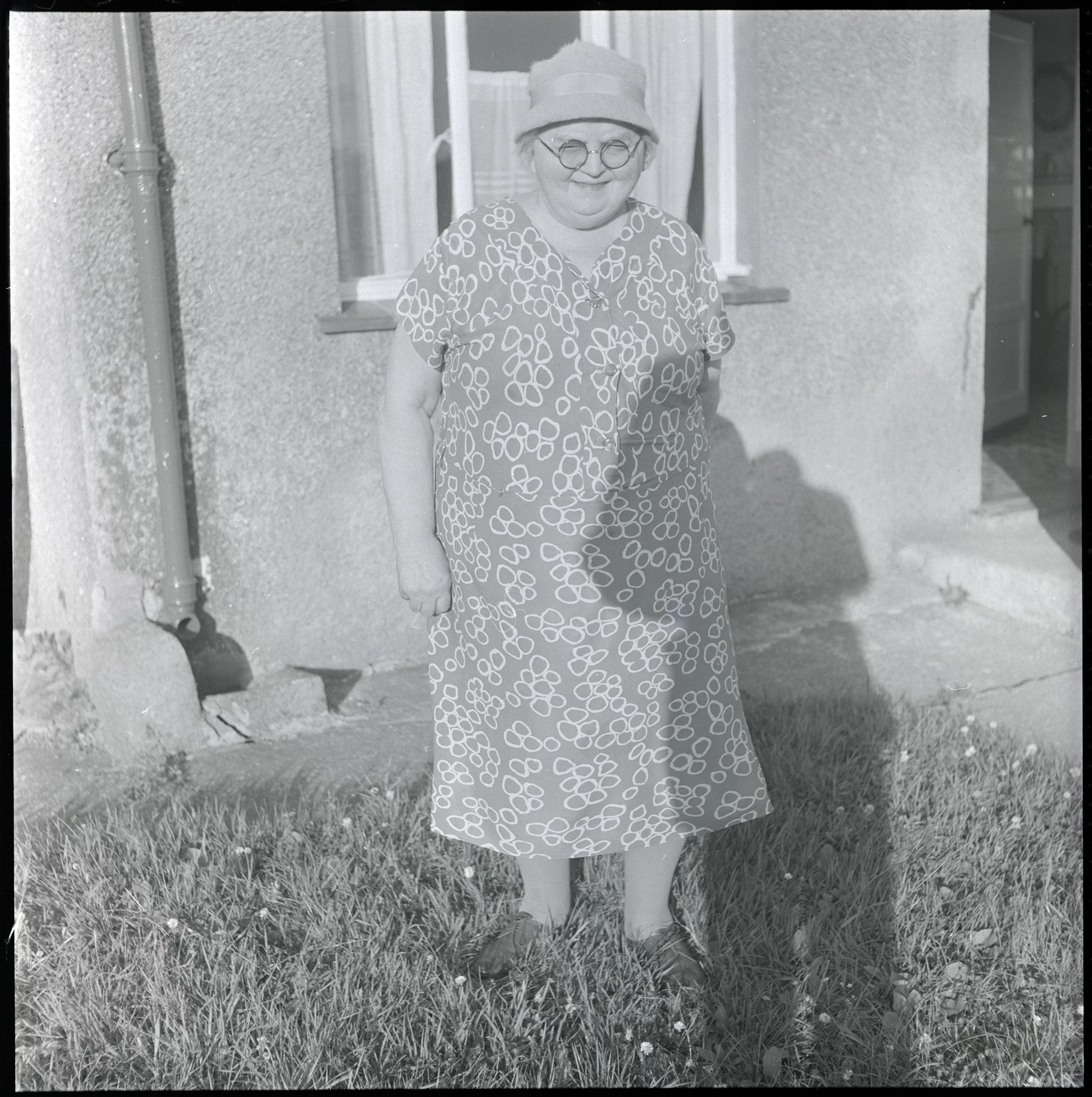Bwrw eira a dyfnder eira
, 16 Ionawr 2015
Shwmae Gyfeillion y Gwanwyn,
Diolch am anfon cofnodion yr wythnos ddiwethaf. Mae hi’n bendant yn dechrau oeri, ac mae rhai ohonoch chi wedi gweld eira hyd yn oed! Dyma pam dwi am esbonio sut mae meteorolegwyr (gwyddonwyr tywydd) yn mesur eira.
Mae mesur faint o law sy’n disgyn yn hawdd o’i gymharu â mesur faint o eira sy’n disgyn. Fydd eira ddim yn bihafio! Bydd yn aml yn cael ei chwythu gan y gwynt ac yn lluwchio, sy’n golygu bod yr eira’n ddwfn mewn mannau ond yn llawer llai dafliad carreg i ffwrdd. Oherwydd bod yr eira’n disgyn yn anghyson, bydd y mesuriadau o’r llefydd yma’n anghywir! Dyna pam mae’n rhaid mesur mewn mannau gwastad, agored ymhell o ble fydd eira’n lluwchio. Bydd eira hefyd yn chwarae gemau gyda’r Meteorolegwyr sy’n ceisio ei fesur – bydd yn toddi’n ddŵr, cyn rhewi fel iâ. Felly dyw’r eira sy’n cael ei fesur ddim bob tro yn cyfateb i faint o eira sydd wedi disgyn. Mae eira newydd yn disgyn ar ben hen eira hefyd, ac mae’n anodd dweud faint o eira sydd wedi disgyn o un diwrnod i’r llall.
Mae’n rhaid i’r meteorolegwyr gofio holl driciau’r eira a meddwl am ffyrdd i ddarganfod faint o eira sydd wedi disgyn. Byddan nhw’n edrych ar gwymp eira (faint o eira sy’n disgyn mewn diwrnod) a dyfnder eira (cyfanswm dyfnder yr eira, hen a newydd). Un ffordd o fesur cwymp eira yw gyda ffon bren. Bydd y meteorolegwr yn gosod y pren mewn lleoliad agored lle na fydd eira’n lluwchio ac yn mesur yr eira bob chwech awr. Drwy glirio’r eira o’r pren ar ôl ei fesur, dim ond eira’r diwrnod hwnnw fydd yn cael ei fesur, a gall y gwyddonydd ddweud faint o eira sydd wedi cwympo ar y diwrnod hwnnw.
Gallwn ni hefyd fesur eira wedi toddi ar ffurf dŵr. Gallwch chi felly ddefnyddio’ch mesurydd glaw i fesur cwymp eira. Os taw dim ond ychydig o eira sy’n cwympo, bydd yn toddi yn y mesurydd beth bynnag, ond os yw hi’n bwrw’n drwm, ewch â’r mesurydd i mewn ac aros iddo doddi’n ddŵr. Gallwch chi wedyn fesur y dŵr fel rydych chi wedi’i wneud bob wythnos, a’i gofnodi fel glawiad yn eich cofnodion tywydd.
Os oes eira ar lawr a bod digon o amser i arbrofi, beth am fynd ati i fesur dyfnder yr eira? Y cyfan sydd ei angen arnoch chi yw pren mesur (neu pren eira os ydych chi am siarad fel gwyddonydd gwych!). Gwthiwch y pren i’r eira tan ei fod yn cyffwrdd y ddaear a chofnodi pa mor ddwfn yw’r ddaear fesul milimedr. Rhaid i chi fesur o arwyneb gwastad (fel mainc) mewn lle agored lle nad yw’r eira’n lluwchio. Rhaid i chi gofnodi o leiaf tri mesuriad i gyfrifo dyfnder cyfartalog yr eira lleol. Cyfrifwch y cyfartaledd drwy adio’r cofnodion gwahanol a’u rhannu gyda’r nifer o gofnodion. Os ydw i’n cofnodi tri dyfnder o 7cm, 9cm a 6cm, rhaid i fi adio pob rhif (7 + 9 + 6 = 22) cyn rhannu gyda 3 (22 / 3 = 7.33). Dyfnder cyfartalog yr eira felly yw 7.33cm.
Mae gorsafoedd tywydd fel y Swyddfa Dywydd (MET Office) wedi troi at dechnoleg i ddyfeisio dulliau newydd o fesur dyfnder eira. Edrychwch ar y llun o un o orsafoedd eira’r Swyddfa Dywydd. Mae nhw’n defnyddio synwyryddion laser i fesur dyfnder yr eira ar yr arwyneb gwastad. Gall meteorolegwyr gasglu data o bob cwr o’r wlad wrth wasgu botwm – llawer haws a mwy dibynadwy nag anfon pobl allan i’r oerfel gyda phren eira! Mae pob un o orsafoedd eira’r Swyddfa Dywydd i’w gweld ar y map – oes un yn agos atoch chi?
Llun o Synhwyrydd Dyfnder Eira y Swyddfa Dywydd.
(Wefan y Swyddfa Dywydd)
Map o leoliadau Synwyryddion Dyfnder Eira y Swyddfa Dywydd – oes un yn agos atoch chi?
(Delwedd o wefan y Swyddfa Dywydd)
Os yw hi wedi bwrw eira, cofiwch fesur y cwymp gyda’r mesurydd glaw neu’r dyfnder gyda phren eira a nodi’r canlyniadau fel ‘Sylwadau’ wrth uwchlwytho eich cofnodion wythnosol. Bydd yn ddiddorol cymharu dyfnder yr eira â chwymp yr eira yn y mesurydd glaw!
Daliwch ati Gyfeillion y Gwanwyn,
Athro’r Ardd


